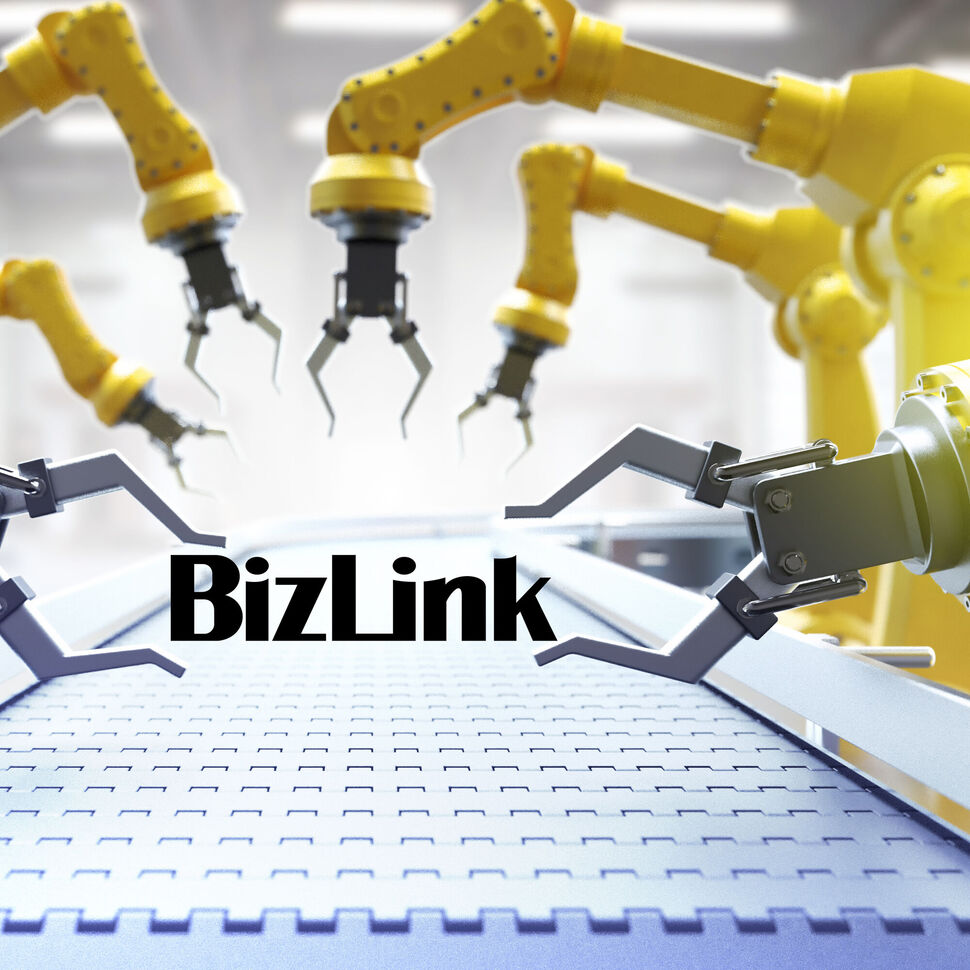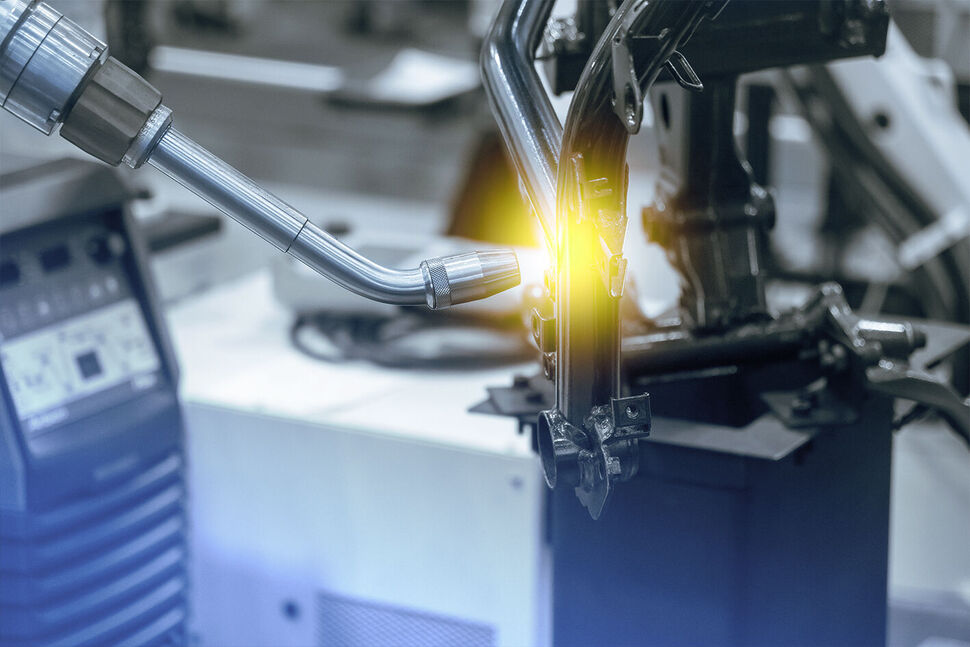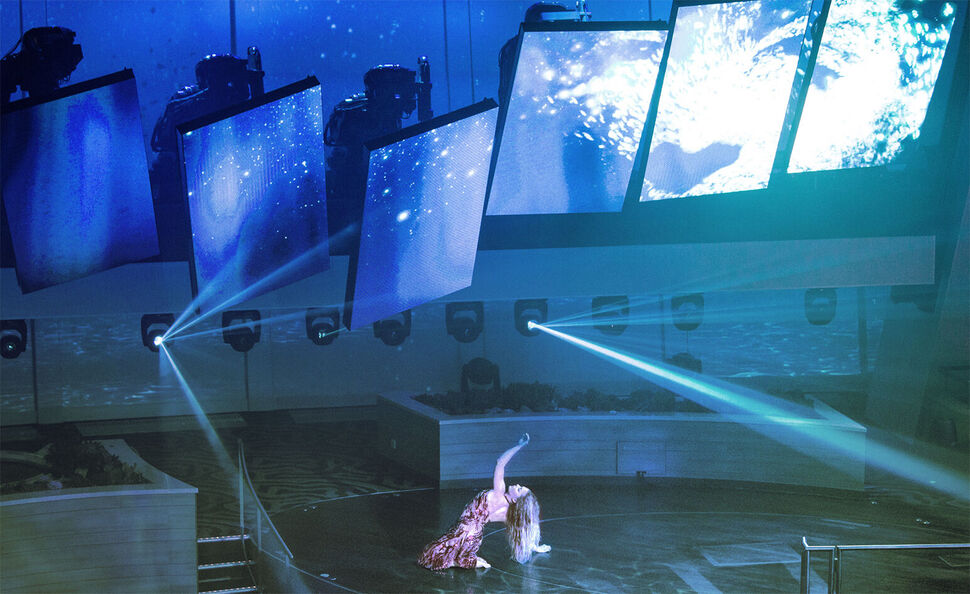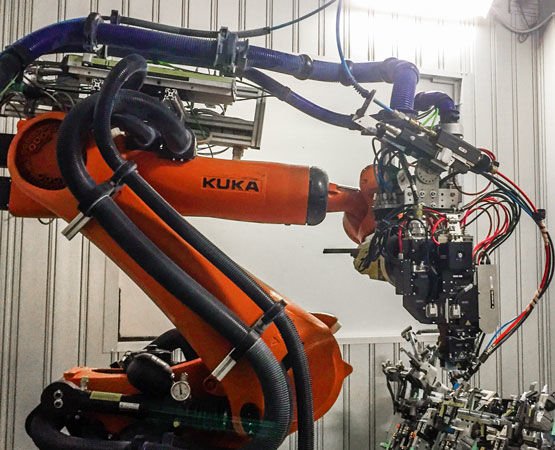The Robotics market has been conspicuous for many years due to solid growth and positive future prospects. Worldwide, industrial robots are an integral part of modern production halls. They provide the basis for precision, constant quality and short processing times. At the same time, electronics and mechanics have to interact securely. Products intended to be used in the robotics market have to meet specific demands and the required technical solutions are often quite challenging.
Products used for robots have to meet the highest requirements in terms of mechanical, chemical and thermal properties. The products need to withstand rapid acceleration and deceleration, tensile, compressive and torsion stress as well as the millions of bending cycles. They also need to be resistant to high temperatures, weld spatters, oil and various other chemicals. The top priority with these systems is to safeguard the productivity of systems and hence to ensure the reliability of the cables and system solutions.
Arc welding
The quality and consistency of a welding seam is of major importance.
If the welding result is insufficient the entire production process can come to a halt because defective parts, high reject rates and thus high costs are the consequence.
Arc welding is used for side beams or wheel arches e.g. In this process the TCP of the welding wire can move slightly when it comes to copper wear in the contact pipe of the welding torch. Aside from that, the TCP can also deviate from its origin after cleaning the welding torch.
BizLinks calibration system advintec TCP controls the TCP of the welding wire, also during automated production. The robot program is automatically corrected by the measured variations and ensures that the welding torch always operates in the correct position.
Integration-ready robots
The challenge of integration-ready robots lies in the large variety of robots and applications.
For all of these we have to design and supply complete, fully functional, robot function packages. Our customers wish to receive turnkey system solutions.
In this process a significant part of the BizLink product portfolio is involved. We install robot dress packages, tools & weld controllers, dense packs, electrical junction boxes etc. We also take over the configuration, setup and test of tooling, software and Tool Center Point calibration. Moreover we handle the programming and integration into existing production equipment or set up of new systems.
Dresspacks & cables in robot-powered entertainment
As they look to attract a younger generation of passengers, cruise lines are setting new standards for high-tech, action-packed entertainment that rivals Las Vegas. One leading cruise line is making waves with a colossal robotic screen system equipped with dresspacks and cables from BizLink.
The heart of the ship is a multi-level entertainment space offering a breathtaking 270° panoramic view of the ocean. Gigantic floor-to-ceiling glass walls that span almost three decks at the cruise ship’s stern combine to form a surface that is over 30 meters long and 6 meters high. This surface can be used as a projector screen and turned into a massive viewing area. With a 12K resolution (11,520 x 2,160 pixels), the surface creates a stunning backdrop that can be used by the varied and versatile entertainment program that takes place on the dynamic stage before it.
Center-stage when showtime comes is the robotic screen entertainment system, made possible by the combined efforts of the cruise line, Robotic Arts, ABB Robotics, and BizLink. A gantry system consisting of six ABB IRB 6620 robots — equipped with BizLink dresspacks and cables and tipping the scales at 8.2 metric tons — is used to control the attached user-programmable screens. And since every robot has six axes, there’s plenty to control. What’s more, each robot can also move from left to right and up and down. So there are in fact a total of 48 axes that need to be coordinated and synchronized for each sequence of movement.
What, then, was BizLink’s contribution to this groundbreaking project? For a total of three vessels, BizLink supplied all of the black dresspack systems (axis 1 to 6), the SLS line retract systems, and the robot’s fiber optic and power cables.
Several BizLink companies were involved in the project: BizLink Robotic Solutions USA, as the coordinating company; BizLink Elocab; and BizLink Robotic Solutions Germany, which equipped the six robots with dresspacks locally and delivered them directly to the shipyard. Careful planning was essential, since there was only a small window of time for supplying the machinery before the vessel’s primary deck was closed.
The combination of robots and screens now powers a kind of entertainment never seen before, where the robotic screens themselves become performers, interacting with dancers, acrobats, and vocalists to deliver a high-speed, energy-packed show. With the vessel’s inaugural season now complete, it’s clear that the robotic screen entertainment project has been a complete success. And BizLink is part of this spectacular show on the high seas.
Automotive laser welding
In the race to meet fuel economy regulations, the automotive industry is turning to aluminum more frequently because of the material’s lightweight, fuel-efficient properties. Fabricating Full vehicle aluminum body frames often relies on automated laser welding, but one of the many challenges with this process is selecting a cable management system that tolerates the robots’ repetitive motion.
Mercedes-Benz has seven robotic workcells in one of its manufacturing facilities that fabricate aluminum automotive frames using laser welding. The fiber-optic cables that delivered power to the laser head to weld the aluminum together had been experiencing problems withstanding the trajectory of the robot and its very-high-duty-cycle performance. As a result, every three months, technicians had to assess, repair or replace a broken cable.
Laser welding systems are delicate, and when something fails, there’s a tremendous cost in both downtime and components.
To prevent further downtime and reduce component costs, Mercedes-Benz approached BizLink for a solution. The company introduced the automaker to the LSH 3, an umbilical system, or dress pack, of integrated cables and hoses servicing the robot’s end-of-arm tooling.
As part of a one-year test run, BizLink installed a single umbilical application in December 2014 that protected all the umbilicals – air, water, fiber optic laser delivery, etc. – for one robotic workcell. The cable operated until December 2015 without any need for replacement, resulting in 100% uptime and a return on investment within one year.
Based on the success of the test run, Mercedes-Benz wanted to apply the dress pack to the six remaining work cells. To further improve the design, Mercedes engineers asked BizLink to develop a dual LSH 3 umbilical system. The first umbilical provides all the power, communications, cooling water, and air to the robot’s end-of-arm tooling. The second umbilical run the fiber optics separately to ease mean time to repair should the cable go down.
“They estimated they would save at least an hour in maintenance time by enabling easier access with the second separate dress pack,“ Jack says.
The technicians haven’t had a chance to confirm their projections, however, because the umbilicals have experienced no failures since installation in December 2015. Additionally, the original umbilical application installed in December 2014 continues to operate flawlessly.
The LSH 3 dress packs accomplish 100% uptime because they are designed with zero load on the connecting points at the end of arm tooling and have good minimal band radius maintained on the components. The LSH 3’s front retract system allows the dress pack to pull the required slack and return it to a relaxed position. That means no loops are hanging out to get caught on tooling. The LSH 3’s design results in the least amount of wear on the umbilical systems.
BizLink technicians and the Mercedes-Benz robotic workcell programmers collaborated to set mechanical parameters on the dress pack itself. “Every LSH 3 is application-driven based on the type of program variables that are in place, such as force, weight, speed and cycles,” Jack says. “We optimized the system by working together.”
Once BizLink set up the first robot with the dual umbilical system, the Mercedes-Benz team successfully installed the dress packs on the six other robotic workcells. The project resulted in a “win-win situation that lasts a year or better with no single component replacement or downtime event,” Jack says.




